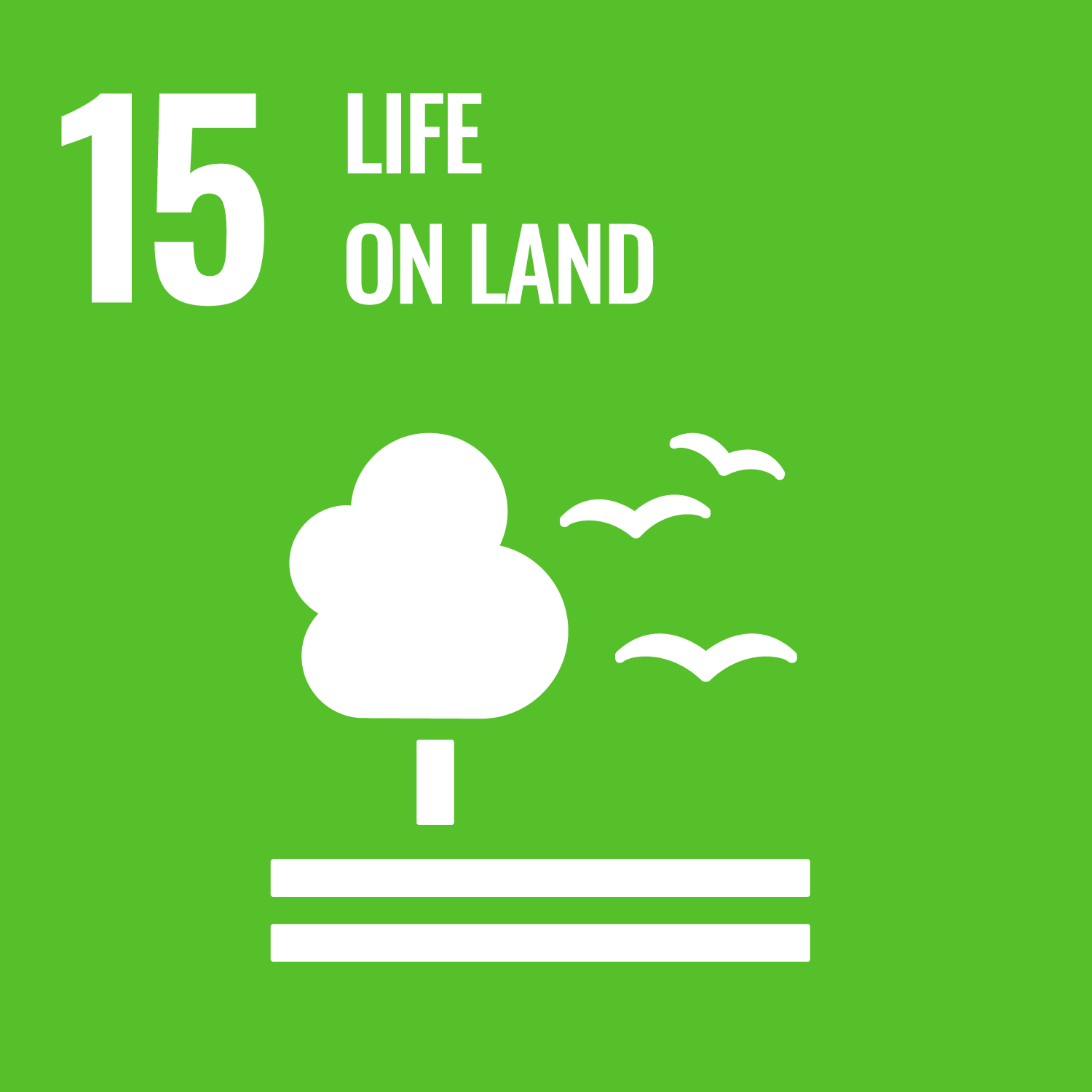SDG Detail
BIOSCI 747 : Biosecurity and Invasion Biology
Postgraduate courseProject description
This postgraduate science course explores the science of invasion biology and its relevance to biosecurity management. The course is structured using the different stages of the invasion process (dispersal, establishment and spread) and also explores how to quantify the resulting impacts of invasive species. Students will learn why the various stages of the invasion pathway require different management intervention strategies. The first day of the course introduces the students to the biosecurity system in Aotearoa-New Zealand, and the role of the Biosecurity Act and the various agencies involved. There is a strong focus on evaluating current best practice for assessing the risk of species becoming invasive and consequently posing a risk to economy, health, social and cultural, and environmental values. Students will develop an in-depth understanding of the process of developing and critiquing the validity of species distribution models via a modelling workshop. This intensive block course is based around debates and small group workshops, where students challenge key concepts, such as the invasibility of communities, and develop research hypotheses and evaluate techniques for detecting invasive species impacts. This course strongly aligns with employer requirements and there are frequent opportunities for interaction with agency experts.
Project aims
?
Project outcome
By the end of this course, students will be able to: Differentiate the stages of the invasion process and evaluate how these link to species biology (Capability 1 and 2) Evaluate abiotic factors and biotic interactions that might facilitate invasion and impact, and predict invasion success and impact in different ecosystem contexts (Capability 1 and 2) Work collaboratively in groups to critique and improve risk assessment techniques, challenge key invasion biology concepts, and use the scientific method to develop research proposals (Capability 2, 3 and 4) Communicate and debate invasion biology challenges both orally (to the class) and in written form (Capability 2, 3 and 4) Apply species distribution modelling techniques to species risk assessments and critically evaluate modelling techniques and species distribution heat maps (Capability 2, 3, 4 and 6) Apply their knowledge of the invasion pathway and risk assessment to a real world example, by developing an Environmental Protection Agency submission that assesses the risk of a species proposed for importation to Aotearoa-New Zealand (Capability 2, 3, 4, 5 and 6)
Related SDGs
The corresponding sustainable development goals correlated with this project. You you click the icon to link to SDG category description page.









